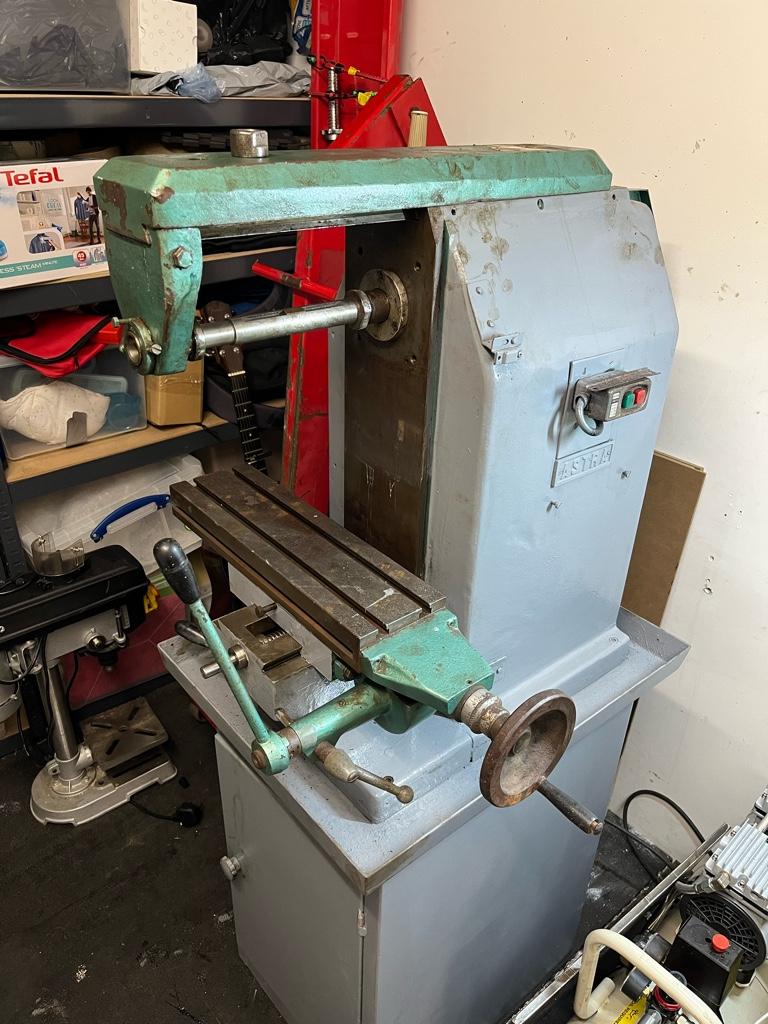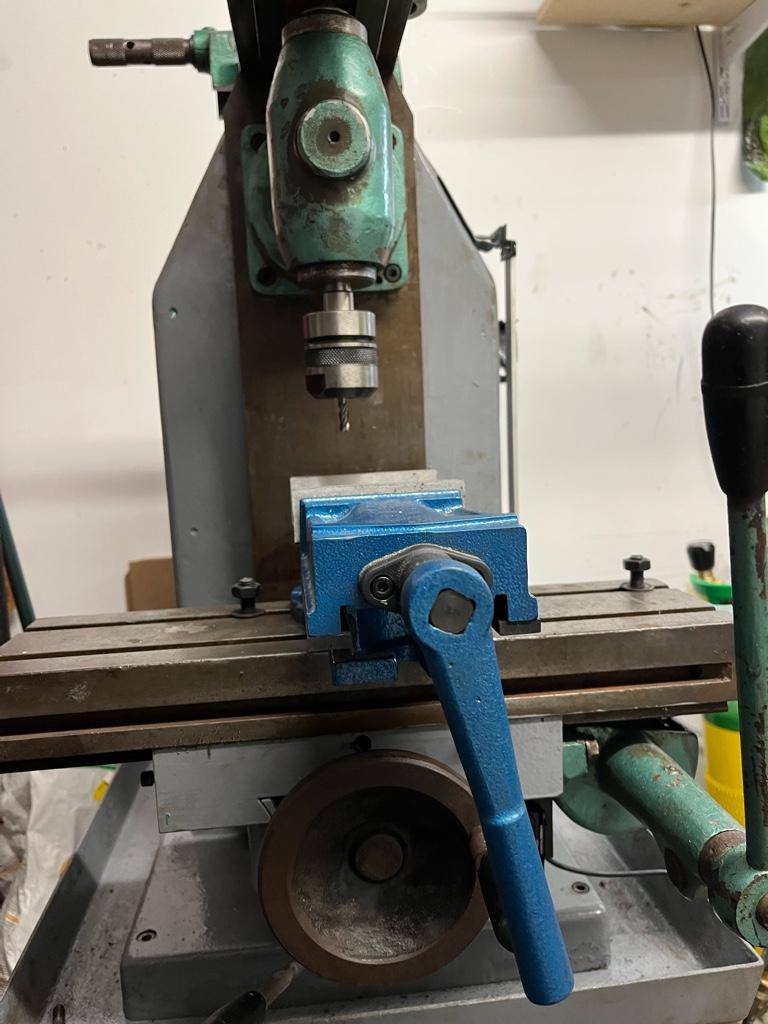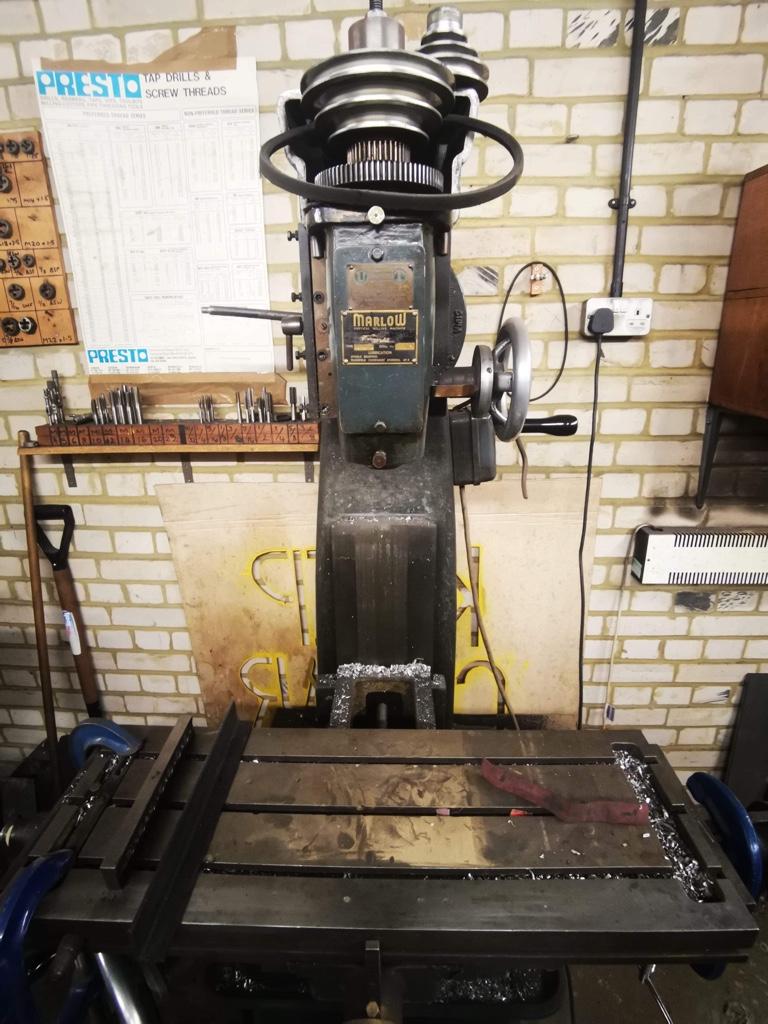- Joined
- Jul 6, 2022
- Messages
- 498
I currently have an Astra Horizontal mill that has a vertical head as an back up:


The vertical set up has very little space as you can see, so most of what this machine is made for I assume would be in the horizontal setup.
I have the option of buying a larger vertical machine. I think in general the larger vertical machine would be better, but it would definitely be A LOT of effort to get it in to my workshop (single doorway with limited access from a 4 foot wide alleyway) and I’ve just spent money/time getting my mill set up with DRO etc.

I realise that the comparison between these two machines is very difficult as my Mill is small and home use and the vertical is More ‘large hobby’ size. My main question is - what would i struggle to do in a horizontal set up that would be much easier on a vertical mill (assuming that I wouldn’t have space on my vertical head on my mill).
To make that a bit easier to answer - on two comparively sized machines, one vertical and one horizontal, what would the horizontal not be able to do that the vertical would? Or what would be much harder on the horizontal.
Sent from my iPhone using Tapatalk


The vertical set up has very little space as you can see, so most of what this machine is made for I assume would be in the horizontal setup.
I have the option of buying a larger vertical machine. I think in general the larger vertical machine would be better, but it would definitely be A LOT of effort to get it in to my workshop (single doorway with limited access from a 4 foot wide alleyway) and I’ve just spent money/time getting my mill set up with DRO etc.

I realise that the comparison between these two machines is very difficult as my Mill is small and home use and the vertical is More ‘large hobby’ size. My main question is - what would i struggle to do in a horizontal set up that would be much easier on a vertical mill (assuming that I wouldn’t have space on my vertical head on my mill).
To make that a bit easier to answer - on two comparively sized machines, one vertical and one horizontal, what would the horizontal not be able to do that the vertical would? Or what would be much harder on the horizontal.
Sent from my iPhone using Tapatalk


